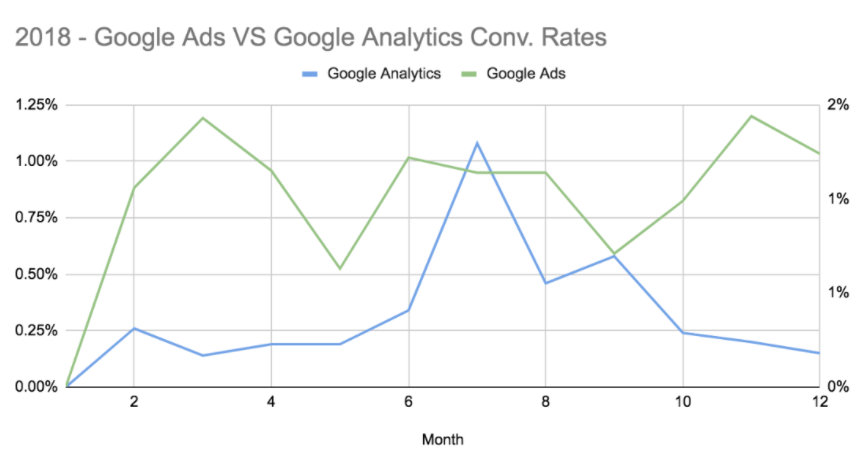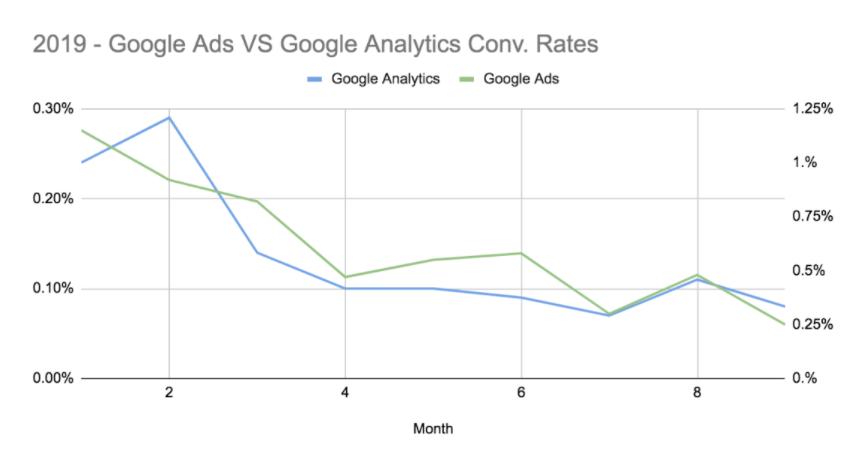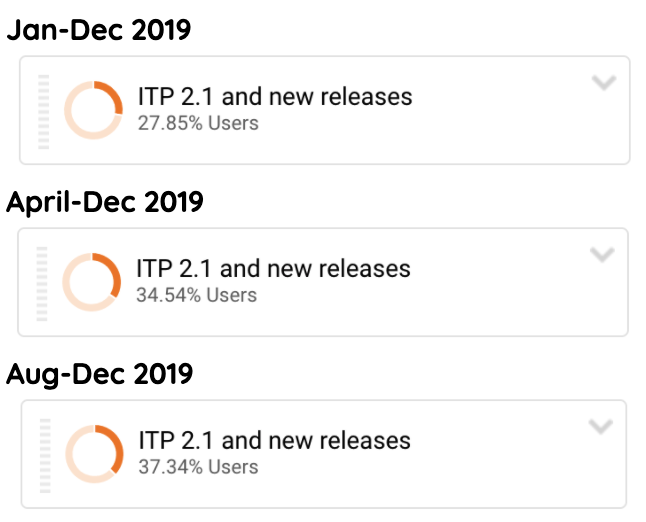This article is part of a series of 7 articles. The purpose here is to give you more context around the current status of cookies in marketing and the impact of ITP on your marketing/analytics platforms. Our next article will then go deeper and will sketch a clear vision on the future of advertising and how you should tackle it as an advertiser
I intended to write that the industry is changing, mid-sentence I changed my mind: the industry is improving. Over the last years, we’ve witnessed two acronyms entering the digital marketing industry: GDPR & ITP. Both trends have an impact on user privacy and both were initially seen as a threat. Why? Let’s start with a short recap:
- The General Data Protection Regulation (GDPR), launched in May 2018, is a regulation in EU law on data protection and privacy in the European Union. GDPR aims primarily to give control to individuals over their personal data. Out of that, a new toolkit was born: Cookie Consent Management systems. To put things simply, users that visit a website and are not accepting the cookie consent can’t be tracked anymore. Afterwards, other data protection laws popped up such as the California Consumer Privacy Act (CCPA)
- ITP or Intelligent Tracking Prevention is a feature that was initially added to the Safari browser (Apple) that restricts user tracking through cookies. Meaning, ITP limits publishers and advertisers to track users across domains, which has a big impact on conversion tracking and remarketing. As of May 2019, ITP2.2 (current version 2.3) came to life, where third-party cookies are automatically removed by the browser after 1 day. Also, Firefox adopted this technology.
How is this impacting your marketing platforms?
Even though Safari and Firefox aren’t the number 1 browsers, their impact on your ability to measure advertising is noticeable. Cookies are used for two big reasons in marketing:
- Platform conversion tracking is based on cookies. This has the biggest impact. In most platforms when users click your ads, they have up to 30 days to convert, after which that conversion will still be attributed to that ad. Again with ITP, this is reduced to 1 day. Meaning that if I'm using Safari, clicking your ad, and converting 2 days later, this conversion will no longer be attributed to your marketing campaign. Not all platforms have this issue. Facebook for example handles conversion tracking at user- instead of cookie-level, as you always need to be logged in to their platform before encountering an advertisement.
- Audience creation is based on cookies. Meaning that on ITP-protected browsers, even though we create a 30-day remarketing audience, users will get removed from that audience after 1 day. So you will see fewer users in your audiences, indirectly causing more pressure on the same users.
Following this logic: the campaigns that should be impacted the heaviest will usually be your Remarketing campaigns, measured in Google Ads, as they are challenged by both limitations.
Looking at the vast amount of data we can access through our client portfolio, we’ve confirmed this hypothesis. As the default attribution in Google Ads is 30 day last-click, and in Google Analytics last-click, non-direct, we most often see big differences in trends between our conversion rates in Google Ads & Google Analytics. The graph below containing conversion rates of 2018, shows exactly that.

When plotting the same graph for 2019 we notice, weirdly enough, a clearer trend between both platforms (downwards trends to be neglected as it was due to client-specific seasonality).

In other words: measurement in Google Ads is becoming closer to measurement in Google Analytics as 30 day post-click, with an automatic cookie deletion of 1 day, is becoming a closer variant to last-click non-direct.

On the image above you can see that the bigger drops in Google Ads Conv. rate appears after the ITP releases. This means that we need to be careful with our YoY comparisons as we might be comparing apples to oranges.
How to discover the impact on your analytics?
Next to the advertising platforms, we’re also seeing an impact on Google Analytics.
- New vs Returning Users: As cookies are getting removed, a user that comes in more than 1 day later than the previous session, will be tracked again as a New User instead of a Returning Users.
- Increased attribution to direct: Analytics doesn’t recall the previous source/medium of the users anymore when its cookie gets deleted. This means that when a user comes in through google/cpc and converts 2 days later through direct, this conversion will be attributed to direct (even in the last-click, non-direct model).
Data is never 100% accurate, and that is fine as the objective is to understand trends, not details. But it’s important to know how biased your view is so you don’t end up making the wrong business decisions. For ITP you can create a segment in Google Analytics in order to calculate the number of users visiting through ITP-protected browsers. I can strongly recommend you to follow this article in order to create a similar segment for your GA account.

The visuals above from one of our clients show that the effect sneaks in more and more closer towards the end of the year on which ITP was launched (most likely as users update their browsers to the newer - protected - versions over time). We, therefore, recommend you to also have a look at your data, in order to discover how significant the impact of ITP on your business is today.
In this article, we gave you more context around the current status of cookies in marketing.
Saying that things are changing, is an understatement. No one knows exactly where it will bring us, but at least we are aware of what’s happening so we can anticipate the years ahead. Our next article is exactly about that: we will go deeper and will sketch our vision on the future of advertising and how you should tackle it as an advertiser.



